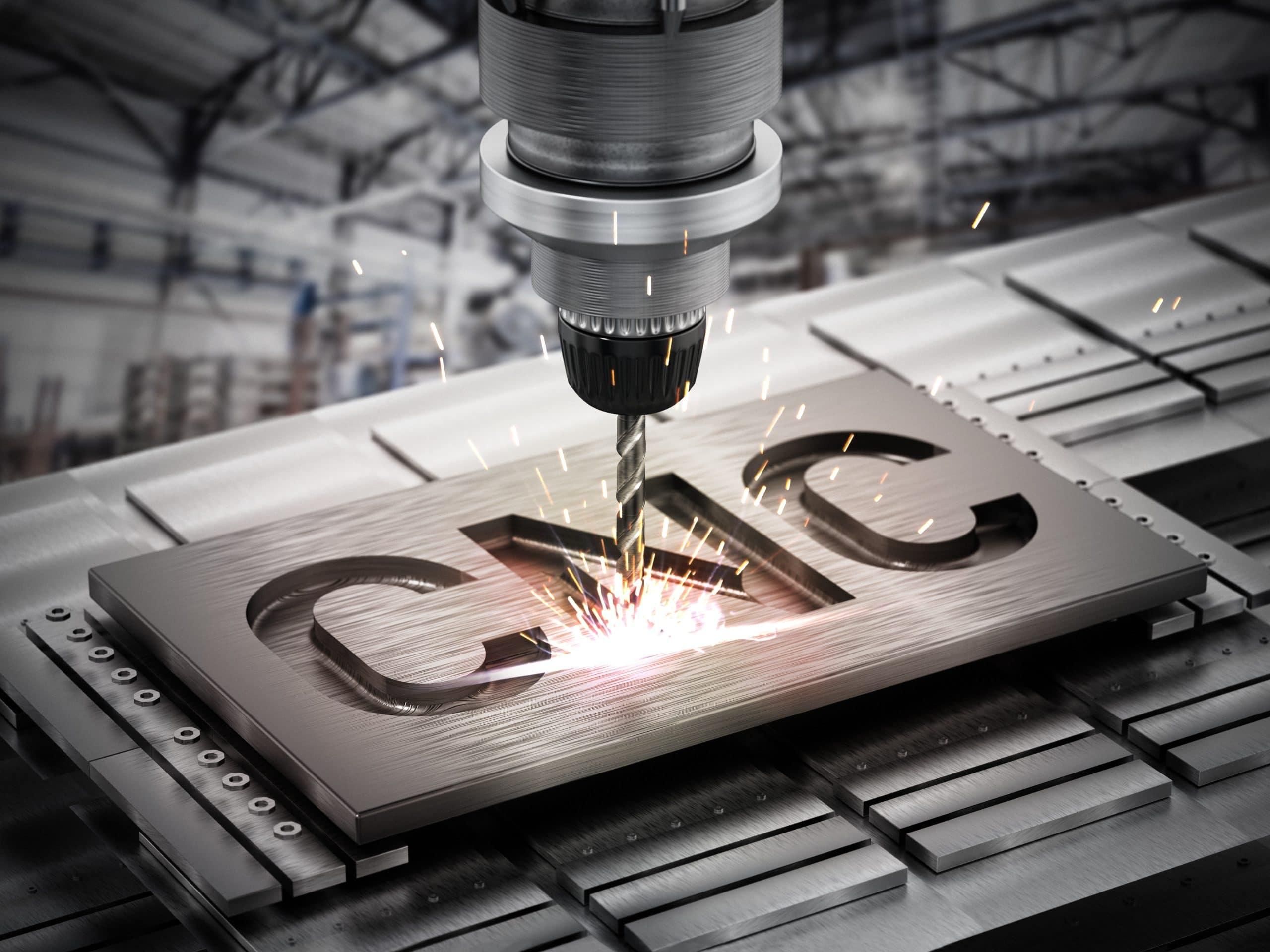CNC Machining Is Better Than Traditional Machining
There are several reasons to adopt CNC machining service including worker safety and less possibility of error. Herewith a review.
In almost all industries, numerical systems became popular after the development of the personal computer. Today, CNC machines are widely used by manufacturers for manufacturing and fabrication. Computer Numerical Control (CNC) systems are an integral part of modern machining technologies. A CNC machine's mechanism and tools are controlled by a unique digital system.
CNC Machining Principles and Traditional Machining Principles
Numerical Control systems consist of both software and hardware. Operators use the software to monitor machine tools and create programs. The NC hardware reads the NC program and instructs the machine tool how to proceed with the process. Numerical Control programs are lists of instructions on how the machine tool should operate to process parts.
The traditional machining implies that the operator directly controls all the machine tool's movements. The operator can choose to move the device when and where to feed it. He can also decide where to stop the device. For improved precision, the operator used rulers and gauges embedded in the control levers.
The advantages of CNC machining
Economy of Labor
As a result of the manual movement of each part of the tool, the operator could only operate one machine tool with traditional machine tools. With the CNC, this changed, and most pieces only take about half an hour to process during each set up. The CNC machine tool cuts without help, so the operator does not have to do anything. While the tool moves, the operator just checks for errors in the setup and program. When one operator operates several machines, you can save on the cost of hiring more workers since he or she has free time in between.
Worker Safety
CNC machine operators are protected from sharp parts behind a protective structure. Through the glass, the operator can see what is happening in the machine tool. There is no need for the operator to come close to the spindle or mill. Cooling fluids do not need to be contacted by the operator. Some fluids can be dangerous to the skin, depending on their composition.
Reduced Test Runs
During traditional machining, test parts are used to get acquainted with the technology and the operator may miss certain things while doing the first part. CNC systems do not require test runs. Operators can see what will happen after the tool passes are complete using visualization systems.
Reduced Error in Set-Up
Traditionally, machine tools depend on a person's ability to use measuring instruments. Few skilled workers are able to set up parts with high precision. Therefore, CNC systems use a special coordinate measuring probe, installed in the spindle. In order to reduce setup errors, the coordinate system zero points are certified. The probe touches the fixed part to set its position.
Higher Machine Tool Flexibility
According to traditional methods, milling machines make planes and groves, lathes make tapers and cylinders, and drilling machines drill holes. Unlike traditional machines, where you had to purchase separate machines, CNC machining combines all of the above in one device. Since you can programme the trajectory of the tools, you can easily replicate whichever movement you choose on any machine tool.
Higher Cutting Parameters
By sealing off the cutting area, high-speed CNC turning services are now available. While machining, chips fly at high speeds, followed by a spray of coolant fluid sprayed at high pressure. It is impossible to operate manually when the speed reaches 10000 rpm or more. To avoid vibrations, the chip width and feed rate need to remain stable at very high speeds, which is impossible to do manually.




















 sunrise
StableDiffusion
sunrise
StableDiffusion
 bonfire friends
StableDiffusion
bonfire friends
StableDiffusion
 sadness
StableDiffusion
sadness
StableDiffusion

 purple skies
StableDiffusion
purple skies
StableDiffusion

 true love
StableDiffusion
true love
StableDiffusion
 My Cheerleader
StableDiffusion
My Cheerleader
StableDiffusion
 womans transformation to happiness and love
StableDiffusion
womans transformation to happiness and love
StableDiffusion
 future life together of adventures
StableDiffusion
future life together of adventures
StableDiffusion

















